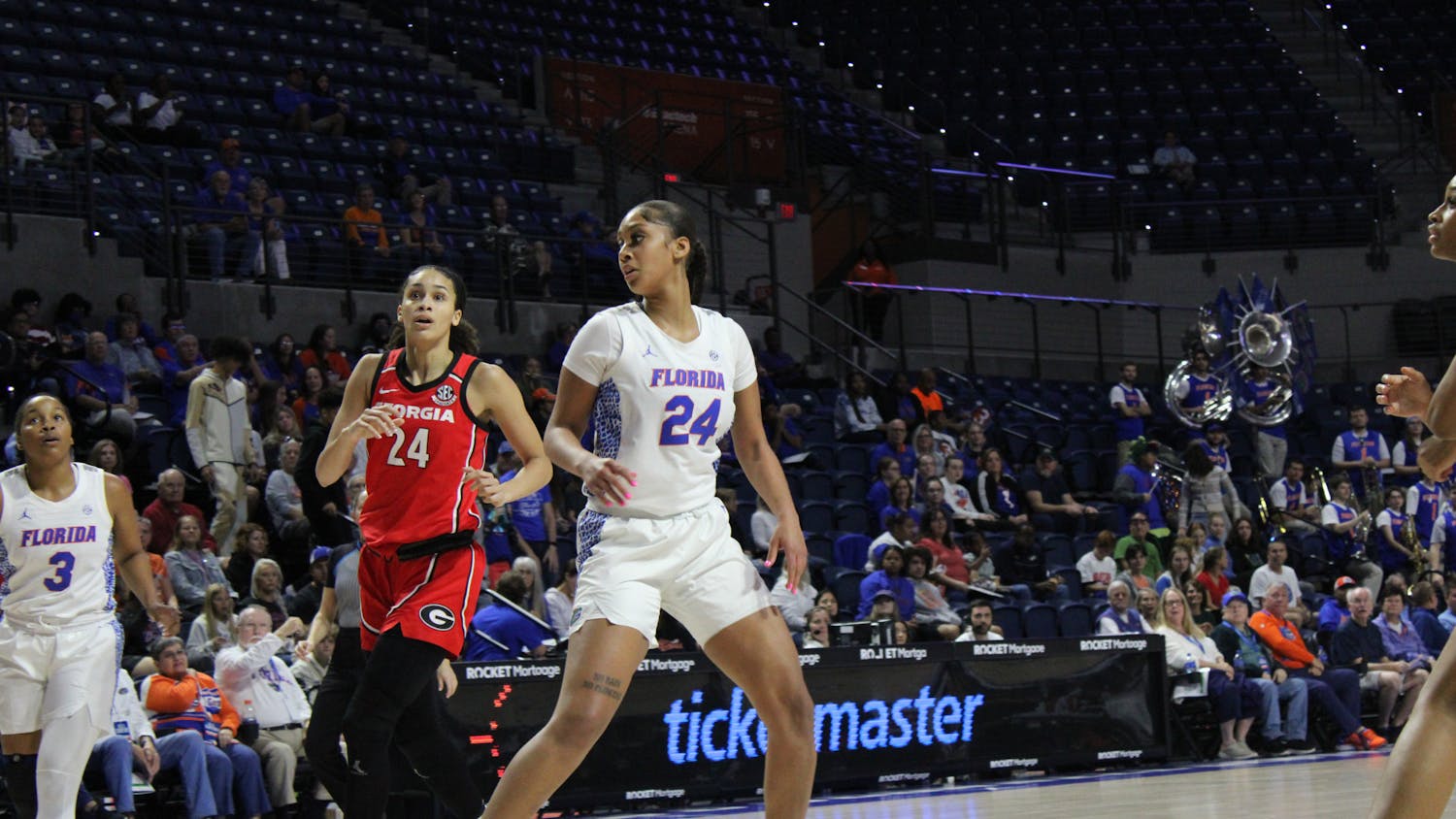Quite a few things happened this past week that have forced me to reflect on the dichotomy of high and low culture. Perhaps you’ve already heard of the first event: Bob Dylan winning the Nobel Prize in Literature, and thus becoming the first musician to do so. As an unapologetically devoted fan of both music and the written word, it goes without saying that I was thrilled to see Dylan join the ranks of Toni Morrison, Gabriel García Márquez and Samuel Beckett. Unfortunately, countless academics, authors and journalists vehemently disagreed with my opinion, citing a variety of reasons but often reaching the same conclusion: Songwriting simply cannot reach the level of artistic achievement pure literature can.
This division between high and low art has permeated societal notions of art’s function for centuries. To boil it down to one sentence: Low art entertains, and high art makes you think. We’re all aware there’s a difference between reading a comic book and “Ulysses,” but we often accept the distinction without any further thought. In reality, the rule that states form dictates artistic value doesn’t hold much water. I’ve read some achingly beautiful comics that changed my outlook on life, and I’ve also read some god-awful poems.
Yet, for some reason, these ingrained cultural notions are hard to shake, and we see that not only in the responses to Bob Dylan’s Nobel Prize, but also in our daily lives. When my friends christened me the go-to source for pop culture information, I couldn’t help but think that perhaps my brain would be better utilized retaining something a bit more philosophical. When I tell friends and acquaintances I’m taking an honors seminar on comics and graphic novels, I inevitably feel slightly less accomplished than if I said it was on Foucauldian poetics. Yet despite the perceived prevalence of pretension in higher education, it is the academics that have successfully shrunk the gap between low and high culture.
There’s a reason college courses like “Politicizing Beyonce” at Rutgers, “California Here We Come: The O.C. and Self-Aware Culture of 21st Century America” at Duke and “Philosophy and Star Trek” at Georgetown have popped up on college campuses. The reason is that there must be some sort of academic potential lurking behind the façade of mindless entertainment many of us connect to through television, music, comics and other low art forms.
I started watching “Buffy the Vampire Slayer” last year because my English professor gushed about its endless academic potential. Honestly, I watched all 144 episodes not because it was philosophical, but because it was entertaining. But when I discovered an entire academic journal devoted to the show (I’m serious, it’s called “Slayage”), all of the connections made between the show and gender identity, postmodern adolescence and female resilience made that much more sense.
Over the past few decades, the division between high and low culture has slowly begun to close. The amount of time that must pass before low art transforms into high art has additionally shrunk, resulting in an abundance of exciting contemporary source material.
To clarify, I’m not saying that watching an episode of “Keeping Up With the Kardashians,” listening to "The Life of Pablo" and reading Ta-Nehisi Coates are all one and the same, but they can all be richly imbued with meaning, intended or otherwise.
Marisa Papenfuss is a UF English senior. Her column appears on Tuesdays.





